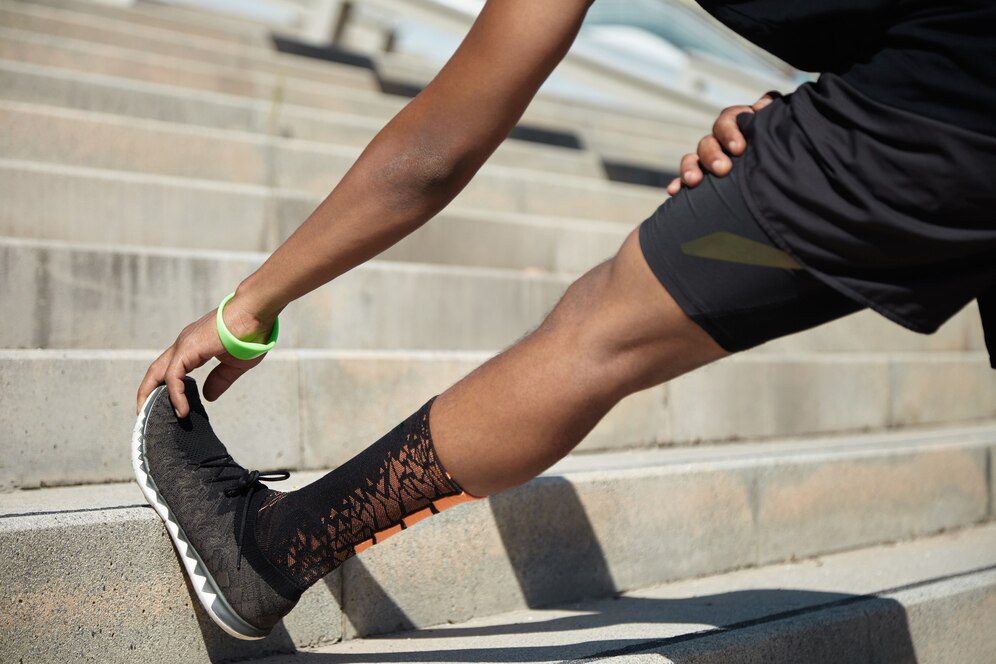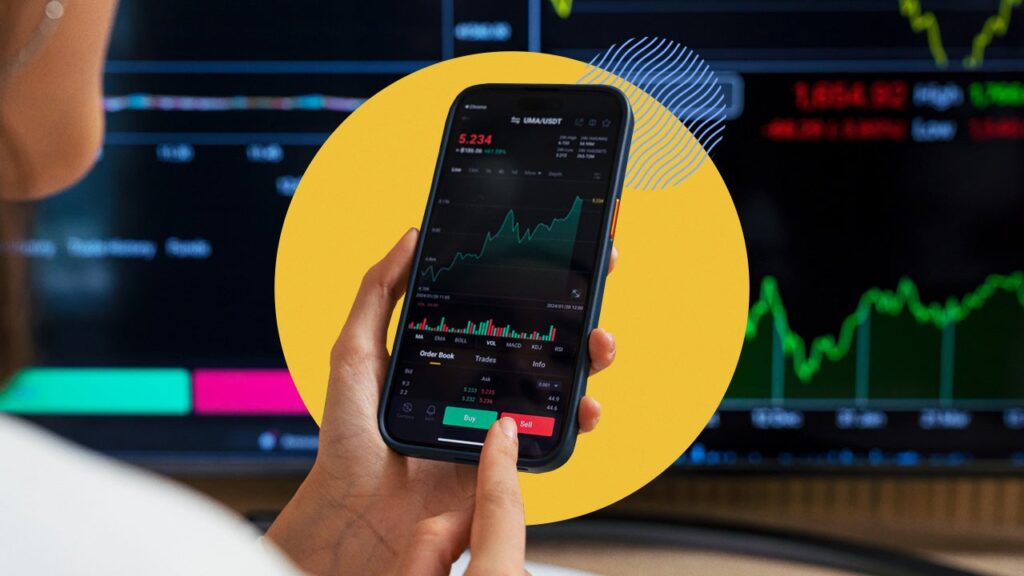Discover the potential of Africa’s $31 Billion fashion Industry and learn how to launch your own online store.
With GTCO Fashion Week making waves, it’s hard not to notice African fashion’s growing presence on the global stage. From the streets of New York to the runways of Paris, African-inspired styles are everywhere—and it’s more than a trend. It’s a vibrant economic movement that you can be a part of.
But is African fashion e-commerce the right venture for you? Let’s explore the steps to determine if this exciting industry is a fit and how you can launch your own fashion store.
Is Opening an African Fashion E-Commerce Store Right for You?
Before jumping in, it’s crucial to understand if this venture aligns with your passions and goals. Ask yourself:
- Does African fashion excite you? When you look at African prints, do you see more than just fabrics and colours? Can you appreciate the culture, history, and artistry that these pieces represent? For example, each Kente cloth pattern has a unique story tied to Ghanaian royalty. If you sell African fashion, it should mean something to you beyond aesthetics.
- Are you ready to be an entrepreneur? E-commerce is far from a “set-it-and-forget-it” business. You’ll play multiple roles—from CEO to customer service rep. Does the idea of building something from the ground up excite you?
- Do you have a unique angle? The competition is growing, but so are the opportunities. Maybe you’ve noticed a gap in plus-size African fashion or an unmet need for eco-friendly African textiles. What will set your store apart?
- Are you prepared for the challenges? Inventory management, international shipping, and customer service can be tricky. Do you have the resilience to problem-solve?
Case Study: Afrikrea — A Success Story
To inspire you, take a look at Afrikrea (now ANKA), a powerhouse in African fashion e-commerce. Since 2017, they’ve helped over 20,000 sellers across 46 countries, generating over $50 million in transactions. This is just one example of how African fashion is capturing global markets, proving there’s huge potential for newcomers.
Case Study: KAHINDO: Sustainable African-Inspired Luxury Fashion on a Global Rise
KAHINDO, founded by Kahindo Mateene, blends African heritage with modern luxury, generating $5K/month and aiming to double sales by expanding into 40+ retailers by 2022. With 20% of sales from direct channels and partnerships with Rent The Runway and Wolf & Badger, the brand ships globally, supports African female artisans, and champions ethical fashion practices.
Your Roadmap to Launching an African Fashion E-Commerce Store
1. Define Your Niche: Finding Your Place in African Fashion
Africa is a continent of 54 countries, each with its own rich textile traditions. Your first task is to decide which piece of this colourful pie you want to focus on. Here are some ideas to get you started:
- Regional Focus: You could specialise in fashion from a specific country or region, such as West African wax prints or East African Maasai-inspired jewelry.
- Modern Fusion: Blend traditional African textiles with contemporary Western styles. Think Ankara print blazers or Kente cloth sneakers.
- Sustainable African Fashion: Focus on eco-friendly, ethically produced African fashion items.
- African-Inspired Activewear: Tap into the growing athleisure market with African-print leggings or sports hijabs.
- Plus-Size African Fashion: There’s a growing demand for inclusive sizing in ethnic fashion.
Many of these are large-scale to get into, so remember to pace yourself. It’s better to be a big fish in a small pond than a small fish in an ocean. Start focused, build a loyal customer base, and then expand.
2. Source Your Products: Building Relationships and Ensuring Quality
This step is crucial – it’s where you’ll build the foundation of your business. You have several options:
- Direct Partnerships with African Artisans: This option allows you to offer unique, handmade items and support local communities directly. It requires more communication and logistics effort but can result in truly special products.
- Wholesale from Established African Brands: This can be an easier start, as these brands will already have systems in place for international shipping.
- Create Your Own Designs: If you have a background in design, this could be your chance to bring your vision to life. You’ll need to find a reliable manufacturer, either in the continent or elsewhere.
Whichever route you choose, remember these key points:
- Quality is non-negotiable. Your customers are paying for a piece of African craftsmanship – make sure it meets their expectations.
- Build strong relationships with your suppliers. Clear communication and mutual respect will go a long way.
- Understand the story behind each piece. Your customers will appreciate knowing the significance of the patterns or the traditional techniques used.
Related Post: Hyelhirra Samaila runs Hera’s Closet, a fashion brand breaking boundaries– and you may find some useful notes in our chat with her:
3. Set Up Your Online Store
Now comes the exciting part – bringing your vision to life online! Here’s how to get started:
- Choose Your E-commerce Platform:
- Shopify is user-friendly and has beautiful themes, perfect if you’re not too tech-savvy.
- WooCommerce (a WordPress plugin) offers more customization options if you’re comfortable with a bit of tech.
- BigCommerce is great for scaling, with robust features for larger inventories.
- Select a Domain Name: Make it memorable, easy to spell, and reflective of your brand. “AnkaraLuxe.com” has a ring to it 😜.
- Design Your Website:
- Opt for a clean, uncluttered design that lets your products shine.
- Use high-quality images – they’re crucial for fashion e-commerce.
- Ensure your site is mobile-responsive – over 50% of e-commerce traffic comes from mobile devices.
- Include an ‘About’ page that tells your story and the story of African fashion.
Pro Tip: Consider adding a size guide/chart specific to African fashion, as sizing can differ from Western standards.
4. Handle the Legalities
I know, I know – this isn’t the most exciting part. But trust me, getting this right will save you headaches.
- Register Your Business: Decide on a business structure (LLC, sole proprietorship, etc.) and register accordingly.
- Get a TIN/ EIN: This is your Tax Identification Number, which is necessary for tax purposes. If you’re running your business out of the United States, you’d apply for an Employer Identification Number (EIN).
- Understand Tax Obligations, especially if you’re selling internationally. For instance, you might need to collect VAT for European customers.
- Familiarize Yourself with Import/Export Regulations: This is crucial if you’re sourcing directly from other countries.
- Have Clear Policies: Returns, exchanges, shipping – make sure these are clearly stated on your website to avoid future disputes.
Consider consulting with a lawyer who specializes in e-commerce to ensure you’ve covered all your bases.
5. Set Up Shipping and Fulfillment: Getting Your Treasures to Your Customers
Efficient shipping can be your secret weapon in customer satisfaction. Here are your main options:
- Self-Fulfillment: Handling shipping yourself. This gives you maximum control but can be time-consuming as you grow.
- Third-Party Logistics (3PL): These companies handle storage, packing, and shipping for you. It’s more hands-off but also more expensive.
- Dropshipping: Your supplier ships directly to your customer. This requires less capital but gives you less control over quality and shipping times.
Whichever method you choose, consider these points:
- Offer multiple shipping options. Some customers will pay extra for faster shipping.
- Be transparent about shipping times, especially for international orders.
- Consider flat-rate shipping to make costs predictable for customers.
- Include tracking for all orders – customers love being able to follow their package’s journey.
6. Market Your Store: Spreading the Word About Your African Fashion Brand
Now it’s time to let the world know about your amazing African fashion store! Here’s how to get started:
- Leverage Social Media:
- Instagram is perfect for showcasing your beautiful products. Use relevant hashtags like #AfricanFashion, #AnkaraStyle, or #AfricanPrintLover.
- Pinterest is great for driving traffic to your site. Create boards showcasing different ways to style African prints.
- Facebook can be used for building a community around your brand. Share stories about the artisans you work with or the history behind certain prints.
- Influencer Collaborations:
- Partner with influencers who align with your brand values. Look for those who already show an interest in African culture or sustainable fashion.
- Consider micro-influencers (10k-50k followers) – they often have higher engagement rates and more niche audiences.
- Content Marketing:
- Start a blog on your website. Write about topics like “5 Ways to Style a Ankara Skirt” or “The History of Kente Cloth”.
- Create styling videos for YouTube or TikTok. Show how versatile African fashion can be!
- Email Marketing:
- Build an email list from day one. Offer a discount code for first-time subscribers.
- Send regular newsletters with new product launches, styling tips, and behind-the-scenes content.
- Paid Advertising:
- Start small with social media ads. Facebook and Instagram ads allow for very specific targeting.
- Consider Google Shopping ads once you have a bit more budget.
Related Post: Marketing Mistakes You Should Keep Your Small Business Away From
7. Provide Stellar Customer Service: Turning Customers into Advocates
In e-commerce, great customer service can be your biggest differentiator. Here’s how to shine:
- Be responsive: Aim to reply to all customer queries within 24 hours.
- Go the extra mile: Include care instructions for each item, or a small gift like a traditional African fabric swatch with each order.
- Create detailed product descriptions: Include information about the fabric, its origin, and how to style it.
- Implement a loyalty program: Reward repeat customers with points they can redeem for discounts.
- Ask for feedback: Use this to continuously improve your products and service.
8. Continuously Learn and Adapt: Staying Ahead in the Fast-Paced World of E-commerce
The e-commerce landscape is always evolving. Stay on top of:
- E-commerce trends: Keep an eye on new technologies like AR for virtual try-ons.
- African fashion trends: Follow African fashion weeks and designers on social media.
- Your analytics: Regularly review your site’s performance. Which products are selling best? Where is your traffic coming from?
Consider joining e-commerce forums or attending webinars to keep learning and connecting with other entrepreneurs.
Is It Worth It? The Rewards of African Fashion E-commerce
Short answer: YES. Starting an African fashion e-commerce store is a chance to:
- Share the rich cultural heritage of Africa with the world
- Be part of a growing industry that’s challenging Western-centric fashion norms
Platforms like Shopify and WooCommerce have become the digital runways for African fashion. With just a few clicks, they’re allowing designers from Lagos to Nairobi to reach customers in London, Toronto, and beyond. There are others from the continent that you can also look up to.
Yes, there will be challenges. Yes, there will be days when you question your decision. But no one ever said anything good comes easily, right? And just so you know that it’s not a one-time thing, Kisua, Nyosi, Industrie Africa and Dola are other great examples.
Ready to take the plunge? Start planning your African fashion e-commerce store today! Reply to this email to share your ideas/ questions, and join our new African fashion entrepreneurs community!
Warm regards,
The SimplVest Team🚀












